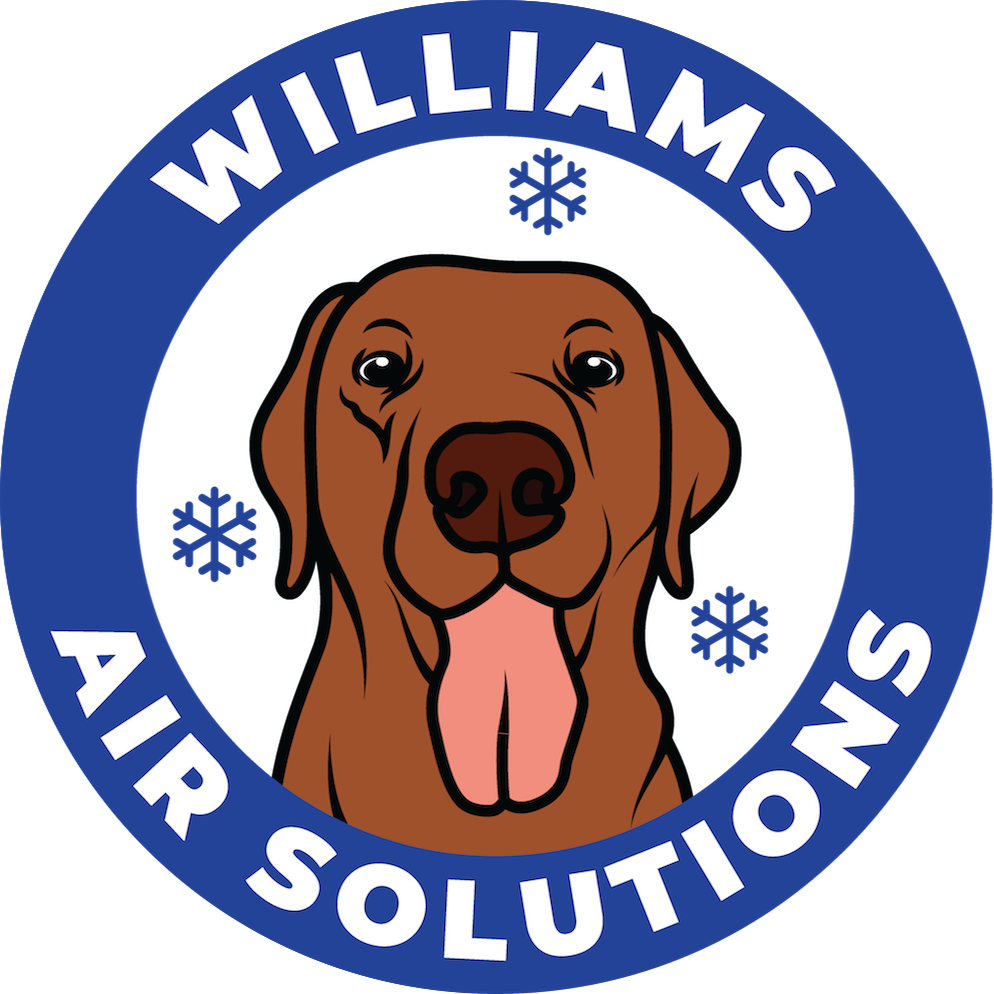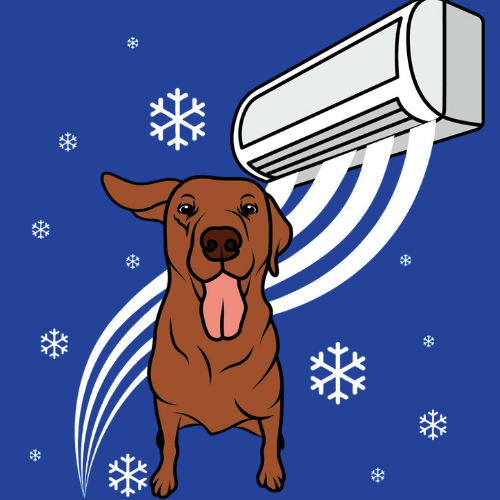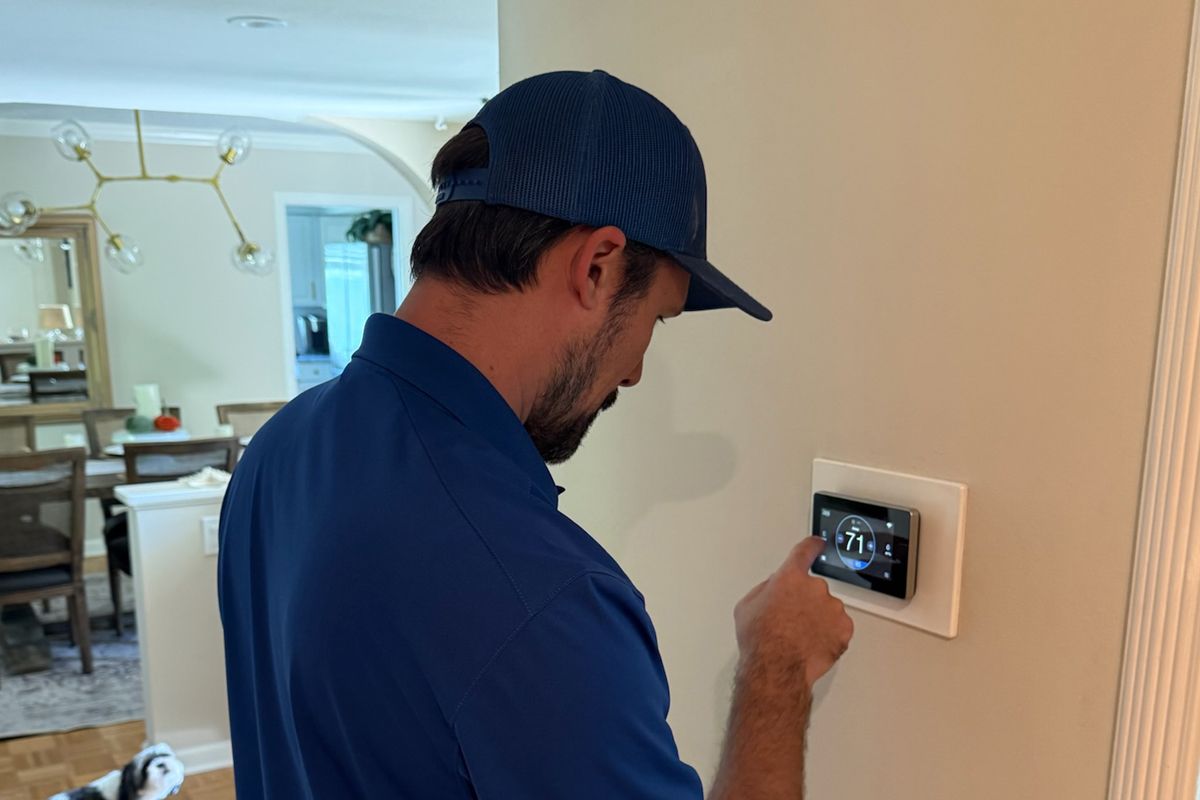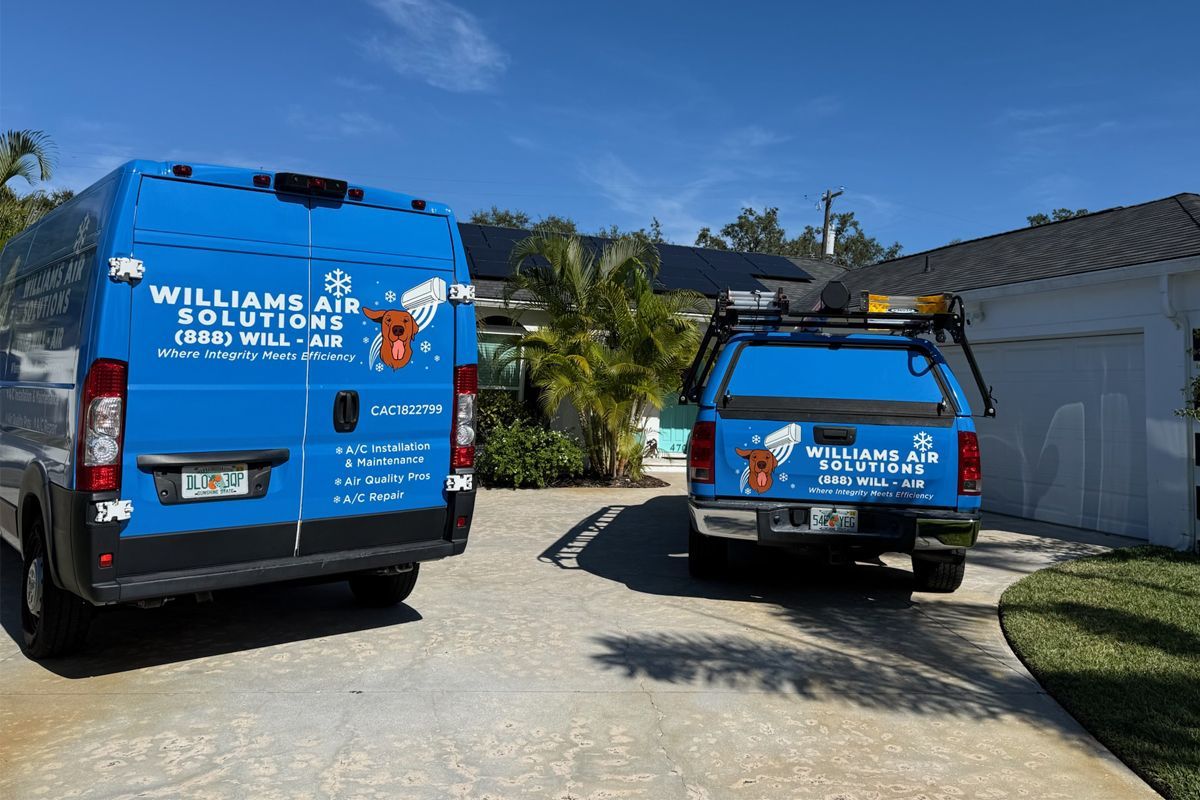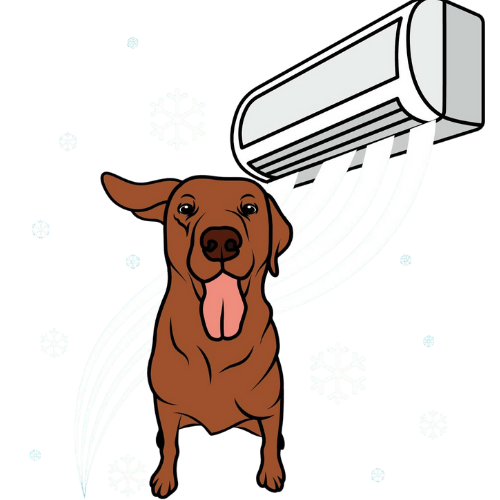Managing Multiple AC Units in Large Florida Homes
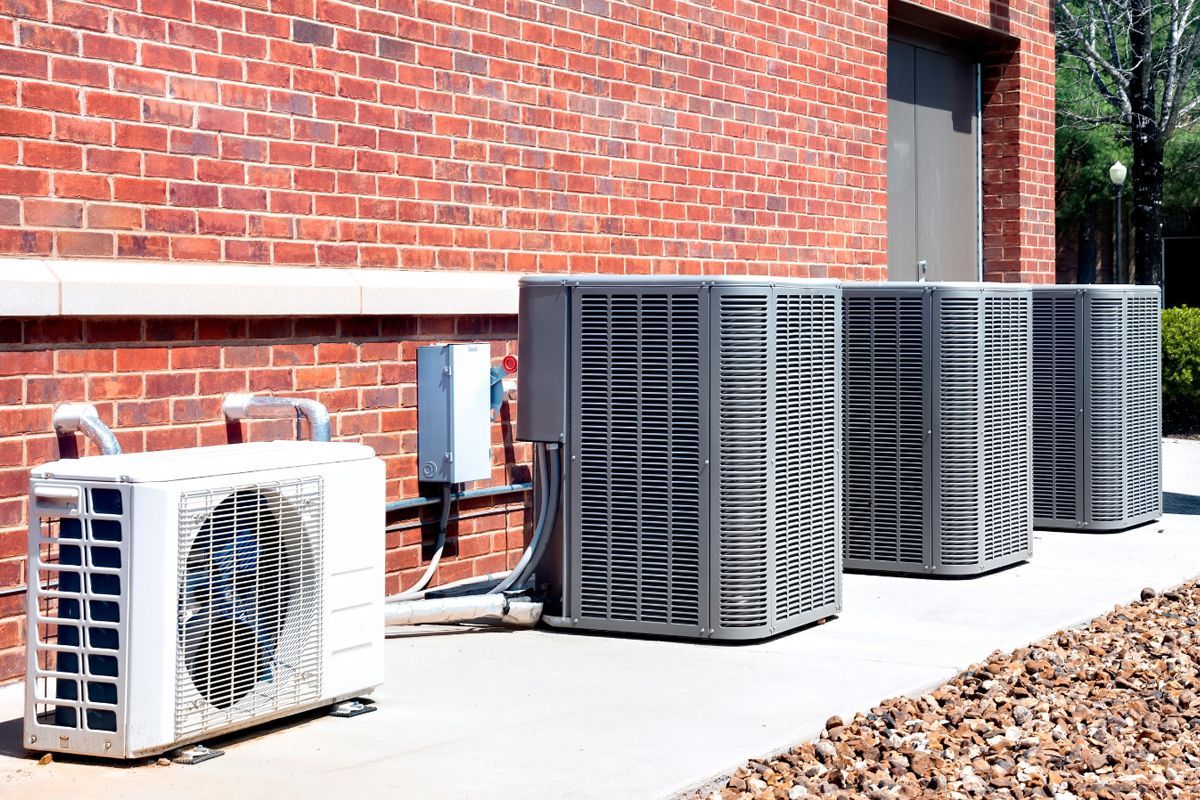
In many high-end Florida homes, especially those with two stories or expansive square footage, it’s common to have two or more air conditioning units. Multiple systems allow for better temperature control, but they also come with unique challenges.
Without proper management, one unit may overwork, energy bills can skyrocket, and comfort levels may become inconsistent throughout the home. Fortunately, with the right maintenance and upgrades, homeowners in Pinellas County can keep multi-unit systems efficient and reliable year-round.
Why Large Homes Often Have Multiple AC Units
Florida homes with 3,000+ square feet often need more than one HVAC system to maintain balanced cooling. Each unit may serve different zones, for example, one system for the upstairs and another for the downstairs. This setup helps distribute comfort more evenly and provides backup if one system needs repair.
The challenge is ensuring both units are maintained and coordinated so one system isn’t doing all the work.
Best Practices for Managing Multiple AC Units
1. Schedule Biannual Maintenance for Each Unit
Even if one system seems to run less often, both units need seasonal tune-ups. A typical service includes coil cleaning, refrigerant checks, filter changes, and airflow inspections. Skipping maintenance on a “secondary” unit often leads to early breakdowns when it’s suddenly needed during peak heat.
2. Use Smart Thermostats for Zone Control
Smart thermostats allow homeowners to fine-tune temperatures by floor or zone. For example, a Belleair homeowner with two AC units set upstairs bedrooms slightly cooler at night without overcooling the entire house. This not only improves comfort but also lowers energy costs.
3. Balance Usage Between Units
Avoid relying solely on one system. If your upstairs unit is running constantly while the downstairs unit rarely turns on, ask a technician to check ductwork balance and thermostat settings. Proper zoning ensures efficiency and prevents uneven wear.
4. Replace Filters Regularly
With two or more systems, filters should be checked every 30–60 days. Clean filters reduce strain on equipment, improve indoor air quality, and keep energy bills manageable.
5. Consider High-Efficiency Upgrades
For larger homes, investing in variable-speed air handlers, high-SEER units, or zoned systems can dramatically improve comfort and efficiency. These upgrades reduce humidity more effectively, a major benefit in Florida’s climate.
Real-World Example in Pinellas County
A homeowner in Clearwater, FL with a two-story home had one AC system that ran constantly while the other barely cycled on. After a service inspection, our team discovered that thermostat placement and duct imbalance were forcing one system to carry most of the load. By rebalancing the ductwork and installing a smart thermostat, both systems began working evenly. The result: a 20% drop in monthly electric bills and improved comfort throughout the home.
Benefits of Proper Multi-Unit Management
- Lower Energy Bills: Balanced systems don’t waste power.
- Extended Equipment Life: Even wear prevents one system from failing prematurely.
- Better Comfort: Zoning ensures every area of the home is cooled evenly.
- Peace of Mind: Both systems are ready when you need them, especially during summer or hurricane season.
Owning a large Florida home with multiple AC units doesn’t have to mean higher bills or uneven cooling. With routine maintenance, smart zoning, and system balancing, you can maximize comfort and efficiency while protecting your investment.
At Williams Air Solutions, we specialize in helping homeowners manage multi-unit HVAC systems across Pinellas County. Whether you need maintenance, system upgrades, or efficiency solutions, our team is here to keep every corner of your home comfortable.
Call Williams Air Solutions at (727) 353-0090 today to schedule your multi-unit HVAC inspection and discover how to get the most from your systems.
